Pasta is a versatile and widely consumed food item around the world. Whether it be in Italian cuisine or in fusion dishes, the choice of pasta can significantly impact the taste, texture, and presentation of a dish. Among the many considerations, one often overlooked aspect is the color of the pasta. In this article, we will discuss the differences between yellow and white pasta, and how these choices can play a role in your business. Differentiating Yellow and White Pasta: The primary distinction between yellow and white pasta lies in their ingredients. Yellow pasta is made using semolina flour, which is derived by grinding durum wheat, a high-protein variety of wheat commonly used for pasta production. The yellow pigment in the semolina gives the pasta its characteristic golden hue.
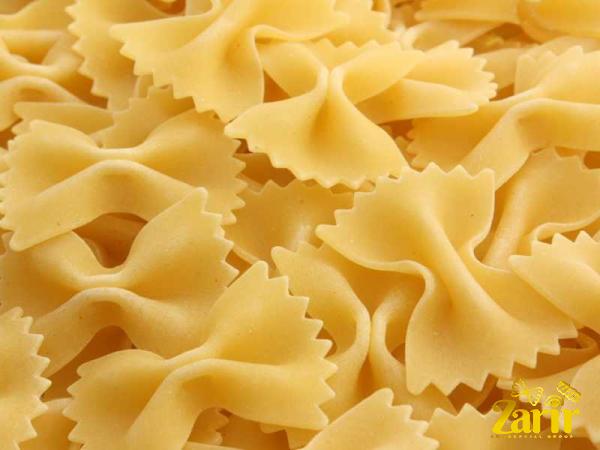
.
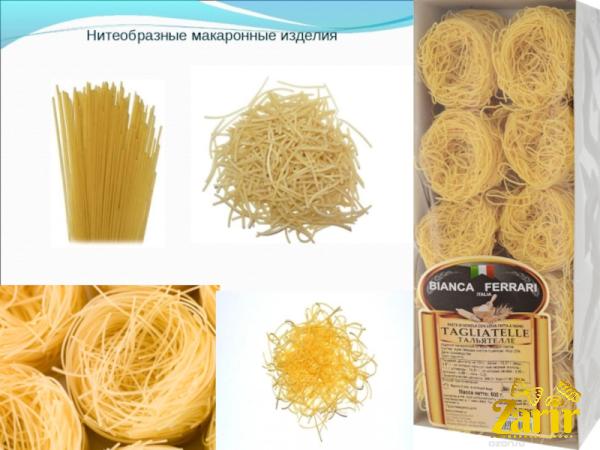 On the other hand, white pasta is typically made from refined flours, where the bran and germ have been removed, resulting in a paler appearance. Taste and Texture: Yellow pasta, owing to the presence of semolina, has a slightly nutty, wheaty flavor with a subtle hint of sweetness. Its texture is notably firmer and toothsome, making it ideal for hearty sauces that can cling to the pasta’s rough surface. The robust structure of yellow pasta allows it to stand up well to more robust ingredients and robust flavors. White pasta, being made from refined flours, offers a milder taste profile with a smoother texture. It tends to be softer and more delicate, making it a great choice for lighter and delicate sauces. The smoother surface of white pasta allows it to seamlessly absorb accompanying flavors, lending itself well to dishes where the sauce takes center stage.
On the other hand, white pasta is typically made from refined flours, where the bran and germ have been removed, resulting in a paler appearance. Taste and Texture: Yellow pasta, owing to the presence of semolina, has a slightly nutty, wheaty flavor with a subtle hint of sweetness. Its texture is notably firmer and toothsome, making it ideal for hearty sauces that can cling to the pasta’s rough surface. The robust structure of yellow pasta allows it to stand up well to more robust ingredients and robust flavors. White pasta, being made from refined flours, offers a milder taste profile with a smoother texture. It tends to be softer and more delicate, making it a great choice for lighter and delicate sauces. The smoother surface of white pasta allows it to seamlessly absorb accompanying flavors, lending itself well to dishes where the sauce takes center stage.
..
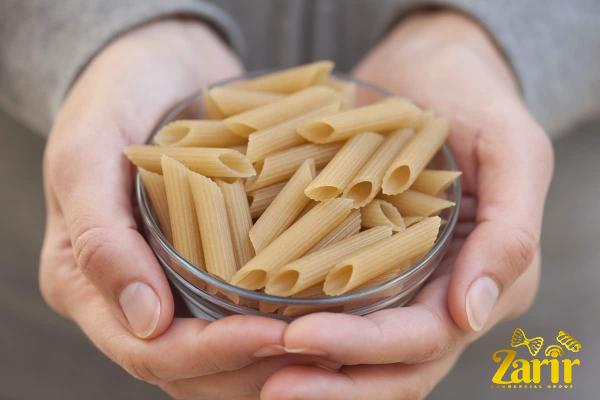 Presentation and Marketing: When it comes to the visual appeal of dishes, the choice between yellow and white pasta can play a significant role. Yellow pasta adds a vibrant pop of color to dishes, making them visually appealing and enticing to customers. Its golden tones can enhance presentation, especially in dishes that have a variety of colorful ingredients. Alternatively, white pasta provides a clean, classic appearance that showcases the colors and textures of other accompanying ingredients. This versatility is particularly useful in dishes where you want to highlight vibrant sauces, colorful vegetables, or delicate proteins. Nutritional Value: Yellow pasta made from semolina flour retains more fiber and essential nutrients compared to white pasta made from refined flour.
Presentation and Marketing: When it comes to the visual appeal of dishes, the choice between yellow and white pasta can play a significant role. Yellow pasta adds a vibrant pop of color to dishes, making them visually appealing and enticing to customers. Its golden tones can enhance presentation, especially in dishes that have a variety of colorful ingredients. Alternatively, white pasta provides a clean, classic appearance that showcases the colors and textures of other accompanying ingredients. This versatility is particularly useful in dishes where you want to highlight vibrant sauces, colorful vegetables, or delicate proteins. Nutritional Value: Yellow pasta made from semolina flour retains more fiber and essential nutrients compared to white pasta made from refined flour.
…
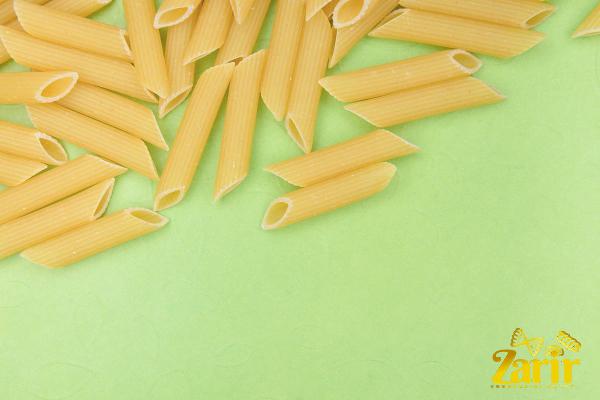 The refining process of white pasta removes the bran and germ, which contain valuable fiber and vital nutrients like vitamins, minerals, and antioxidants. If health-conscious consumers are part of your target market, offering yellow pasta might be a more attractive option. Conclusion: The choice between yellow and white pasta can greatly impact the taste, texture, presentation, and nutrition of your dishes. Understanding the differences between the two types of pasta will empower you to make informed decisions that align with your business objectives, target audience, and menu offerings. Whether it be the robust flavor and texture of yellow pasta or the refined appearance and versatility of white pasta, selecting the right option for your business will enhance the overall dining experience for your customers.
The refining process of white pasta removes the bran and germ, which contain valuable fiber and vital nutrients like vitamins, minerals, and antioxidants. If health-conscious consumers are part of your target market, offering yellow pasta might be a more attractive option. Conclusion: The choice between yellow and white pasta can greatly impact the taste, texture, presentation, and nutrition of your dishes. Understanding the differences between the two types of pasta will empower you to make informed decisions that align with your business objectives, target audience, and menu offerings. Whether it be the robust flavor and texture of yellow pasta or the refined appearance and versatility of white pasta, selecting the right option for your business will enhance the overall dining experience for your customers.

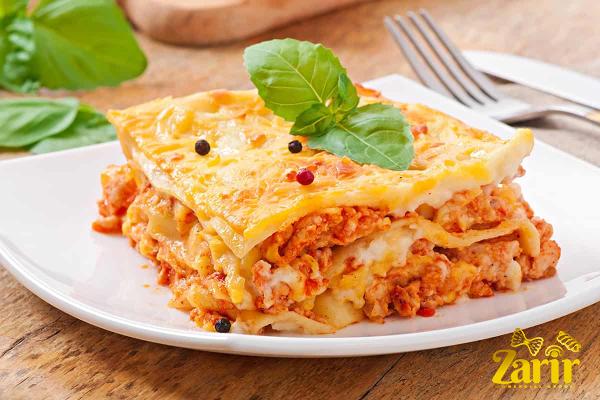
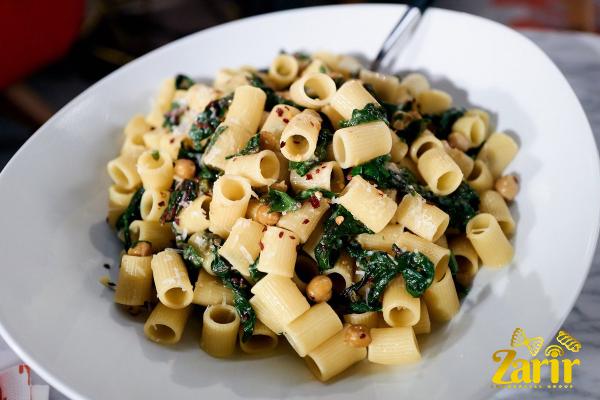
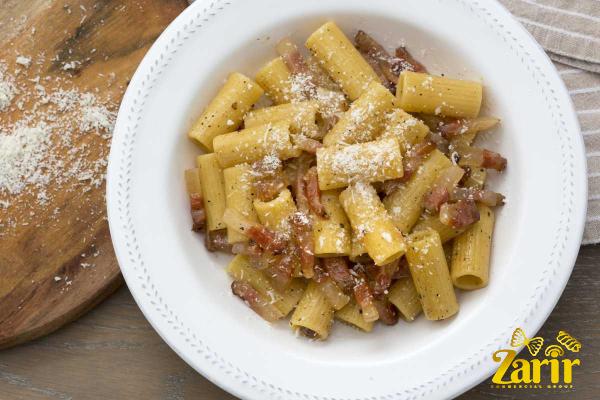
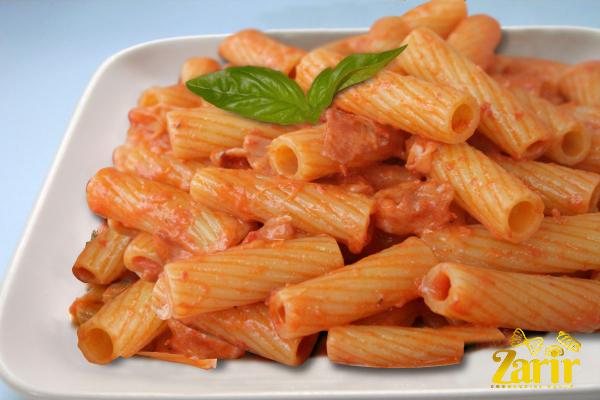
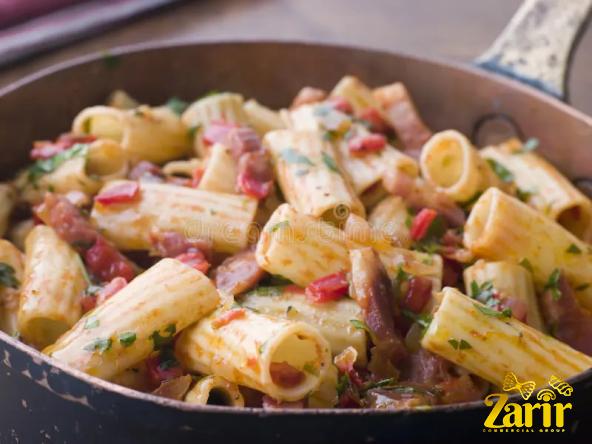
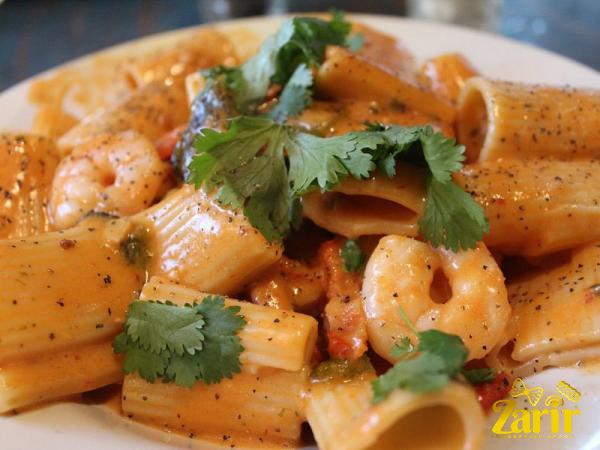
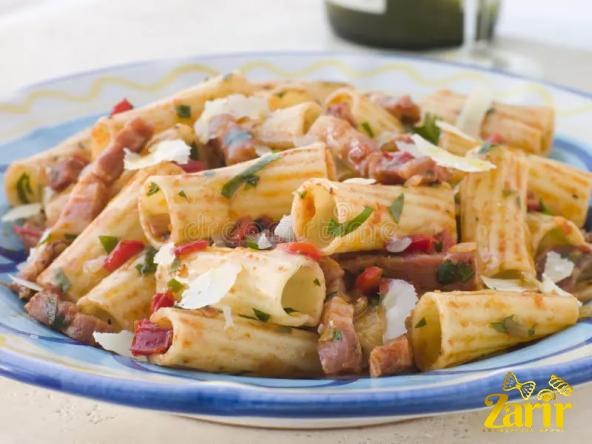
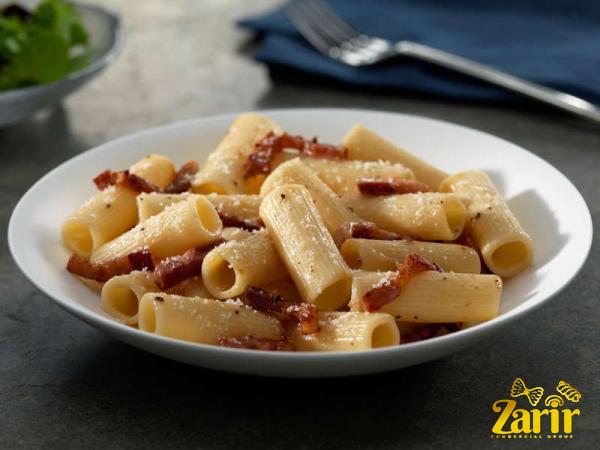
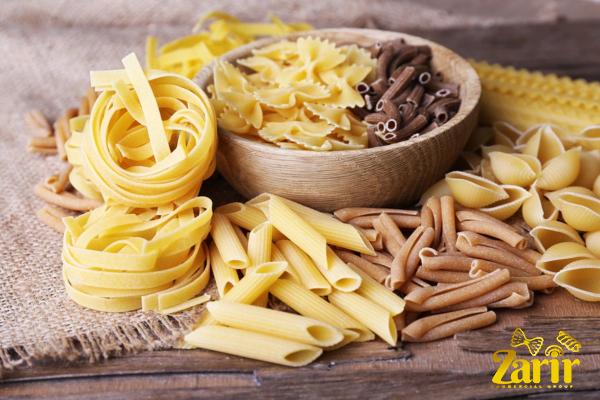
Your comment submitted.